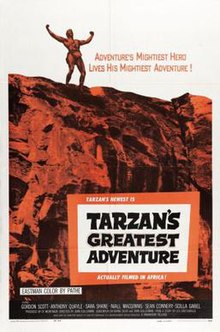
Cheeta is a chimpanzee character that appeared in numerous Hollywood Tarzan films of the 1930s–1960s, as well as the 1966–1968 television series, as the ape sidekick of the title character, Tarzan. Cheeta has usually been characterized as male, but sometimes as female, and has been portrayed by chimpanzees of both sexes.
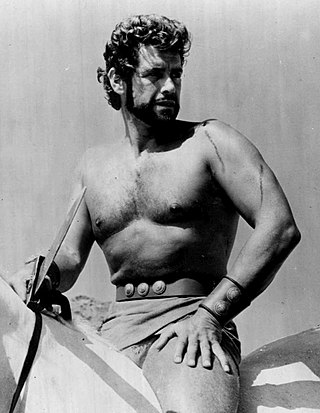
Gordon Scott was an American film and television actor known for his portrayal of the fictional character Tarzan in five films of the Tarzan film series from 1955 to 1960. Gordon Scott was the eleventh Tarzan, starting with Tarzan’s Hidden Jungle (1955). He was "discovered" poolside, and offered "a seven-year contract, a loin cloth, and a new last name."
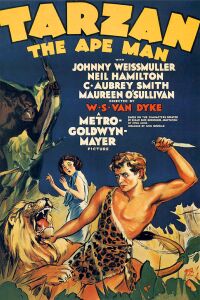
Tarzan the Ape Man is a 1932 pre-Code American action adventure film released by Metro-Goldwyn-Mayer featuring Edgar Rice Burroughs' famous jungle hero Tarzan and starring Johnny Weissmuller, Neil Hamilton, C. Aubrey Smith and Maureen O'Sullivan. It was Weissmuller's first of 12 Tarzan films. O'Sullivan played Jane in six features between 1932 and 1942. The film is loosely based on Burroughs' 1912 novel Tarzan of the Apes, with the dialogue written by Ivor Novello. The film was directed by W.S. Van Dyke. Metro-Goldwyn-Mayer released two remakes of Tarzan, the Ape Man in 1959 and in 1981, but each was a different adaptation of Rice Burroughs' novel. It is also the first appearance of Tarzan's famous yell.

Tarzan the Magnificent is a 1960 British Eastmancolor film, the follow-up to Tarzan's Greatest Adventure (1959) and the twenty-third film of the Tarzan film series that began with 1932's Tarzan the Ape Man. Its plot bears no relation to that of the 1939 Edgar Rice Burroughs novel of the same name. The film was directed by Robert Day and produced by Sy Weintraub and Harvey Hayutin. Gordon Scott made his last appearance as Tarzan in the film, while Jock Mahoney appeared as villain Coy Banton. Mahoney would take over the Tarzan role himself beginning in the next film, Tarzan Goes to India, in 1962. The motion picture does not include Jane.

Tarzan Goes to India (1962) is the first film featuring Jock Mahoney as Tarzan. The twenty-fourth film of the Tarzan film series that began with 1932's Tarzan the Ape Man, it was written by Robert Hardy Andrews and directed by John Guillermin, who also directed Tarzan's Greatest Adventure. The film also stars Indian Bollywood actors Feroz Khan, Simi Garewal and Murad in pivotal roles. It was followed by Tarzan's Three Challenges (1963) which was set in Thailand. It was one of two Mahoney films that took Tarzan out of Africa and sent him to the Far East. It was a co-production between Switzerland, the United Kingdom and the United States. Jock Mahoney had appeared as the villain in the previous Tarzan film, Tarzan the Magnificent.

Jane Porter is a fictional character in Edgar Rice Burroughs's series of Tarzan novels and in adaptations of the saga to other media, particularly film. Jane, an American from Baltimore, Maryland, is the daughter of professor Archimedes Q. Porter. She becomes the love interest and later the wife of Tarzan, and subsequently the mother of their son Korak. She develops over the course of the series from a conventional damsel in distress, who must be rescued from various perils, to an educated, competent and capable adventuress in her own right, fully capable of defending herself and surviving on her own in the jungles of Africa.
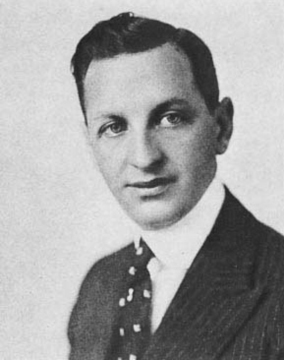
Sol Lesser was an American film producer. He received a star on the Hollywood Walk of Fame in 1960 and was awarded the Jean Hersholt Humanitarian Award in 1961.
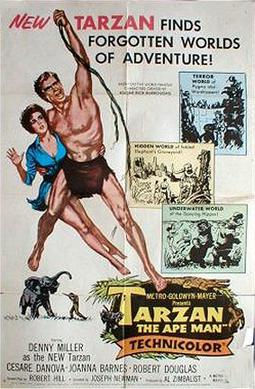
Tarzan, the Ape Man is a 1959 American action adventure film released by Metro-Goldwyn-Mayer starring Denny Miller as Tarzan, Joanna Barnes as Jane, Cesare Danova, and Robert Douglas. The film is loosely based on Edgar Rice Burroughs' novel Tarzan of the Apes, and is a remake of the classic 1932 film of the same name. The film was directed by Joseph M. Newman, and the score was composed by jazz musician Shorty Rogers. MGM would release another remake of the film in 1981.

Tarzan Finds a Son! is a 1939 Tarzan film based on the character created by Edgar Rice Burroughs. It was the fourth in the MGM Tarzan series to feature Johnny Weissmuller as the "King of the Apes" and the fourth of six films in which he stars with Maureen O'Sullivan as Jane; following this pairing was Tarzan's Secret Treasure (1941) and Tarzan's New York Adventure (1942).
Sy Weintraub was an American film and television producer best known for his series of Tarzan films and television episodes between 1959 and 1968. Weintraub broke with the Johnny Weissmuller formula of portraying Tarzan as a pidgin-speaking noble savage who lives in a treehouse with Jane and Boy. Instead, his Tarzan was an educated depressed loner, much closer to Edgar Rice Burroughs's original conception of the character and Boy is replaced by a young orphan named Jai. Weintraub also produced two Sherlock Holmes films for television and was an owner of Panavision.
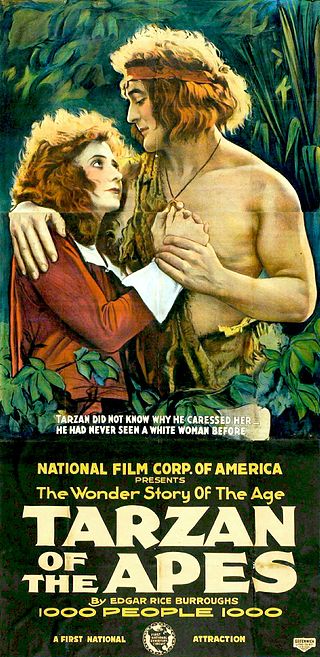
Tarzan, a fictional character created by Edgar Rice Burroughs, first appeared in the 1912 novel Tarzan of the Apes, and then in twenty-four sequels by Burroughs and numerous more by other authors. The character proved immensely popular and quickly made the jump to other media, first and most notably to comics and film.
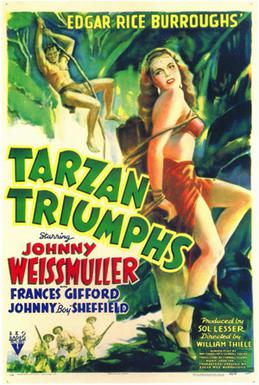
Tarzan Triumphs is a 1943 adventure film in which Tarzan fights the Nazis. Johnny Weissmuller had portrayed the Edgar Rice Burroughs character in six films with Metro-Goldwyn-Mayer, but this was his first with the producer Sol Lesser at RKO Pictures. Lesser had previously produced Tarzan the Fearless and Tarzan's Revenge. Weissmuller was reunited with two of his three co-stars from several of the earlier films, Johnny Sheffield and Cheeta, but Maureen O'Sullivan was unable to reprise her role as Jane because the franchise switched from MGM to RKO, and O'Sullivan was an MGM contract player. Instead, Frances Gifford played the princess of the lost city of Palandrya, which is conquered by Germans.

Tarzan and the Jungle Boy is a 1968 adventure film starring Mike Henry in his third and final appearance as Tarzan. Rafer Johnson and Aliza Gur co-star. The film was produced by Sy Weintraub and Robert Day, written by Stephen Lord and directed by Robert Gordon. Released on May 1, 1968, it is the twenty-eighth and final film in the Tarzan film series that began with 1932's Tarzan the Ape Man, and was followed by a self-titled remake film in 1981.

Tarzan and the Trappers is a 1958 action adventure film featuring Edgar Rice Burroughs' famous jungle hero Tarzan and starring Gordon Scott, Eve Brent, Rickie Sorensen and Lesley Bradley. The twentieth film of the Tarzan film series that began with 1932's Tarzan the Ape Man, it was filmed as three pilot episodes for a television series which were edited into a feature film when the project was abandoned, and so was released in black-and-white rather than color, like other contemporary Tarzan films, including Tarzan's Fight for Life, released later the same year. The film did finally appear on television, but only in 1966. It was shot in Chatsworth, California.

Tarzan the Fearless is a 12 chapter American Pre-Code film serial starring Buster Crabbe in his only appearance as Tarzan. It was also released as a 61-minute feature film which consisted of the first four chapters edited together, and which was intended to be followed on a weekly basis by the last eight chapters in individual episode format, but which was often exhibited instead as a stand-alone feature film. Actress Jacqueline Wells co-starred; she later changed her name to Julie Bishop. The serial was produced by Sol Lesser, written by Basil Dickey, George Plympton and Walter Anthony, and directed by Robert F. Hill. The film was released in both formats on August 11, 1933.

Tarzan's Deadly Silence is a 1970 adventure film composed of an edited two-part television episode of Tarzan released as a feature. It stars Ron Ely as Tarzan. Former Tarzan actor Jock Mahoney and Woody Strode co-star. The film was produced by Sy Weintraub and Leon Benson, written by Lee Erwin, Jack H. Robinson, John Considine, and Tim Considine and directed by Robert L. Friend.

Tarzan's Fight for Life is a 1958 American Metrocolor action adventure film featuring Edgar Rice Burroughs' famous jungle hero Tarzan and starring Gordon Scott, Eve Brent, Rickie Sorensen, Jil Jarmyn, and Cheeta the chimpanzee. The film was directed by H. Bruce Humberstone. The twenty-first film of the Tarzan film series that began with 1932's Tarzan the Ape Man, the picture was the second Tarzan film released in color, and the last to portray the ape man speaking broken English until Tarzan, the Ape Man (1981). The filming locations were in Africa and Hollywood, California. It was also the only film in the Scott series to feature the character of Jane. It was followed by Tarzan's Greatest Adventure in 1959.
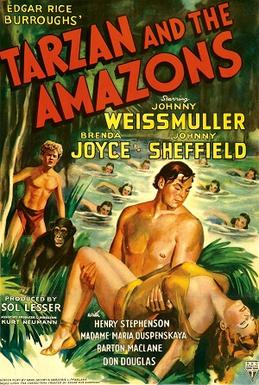
Tarzan and the Amazons a 1945 American adventure film starring Johnny Weissmuller in his ninth outing as Tarzan. Brenda Joyce plays Jane, in the first of her five appearances in the role, and Johnny Sheffield makes his sixth appearance as Boy. Henry Stephenson and Maria Ouspenskaya co-star.
Jiggs was a male chimpanzee and animal actor who originated the character of Cheeta in the 1930s Hollywood Tarzan movies. He was owned and trained by Tony and Jacqueline Gentry.

Tarzan is a fictional character, a feral child raised in the African jungle by the Mangani great apes; he later experiences civilization, only to reject it and return to the wild as a heroic adventurer.
